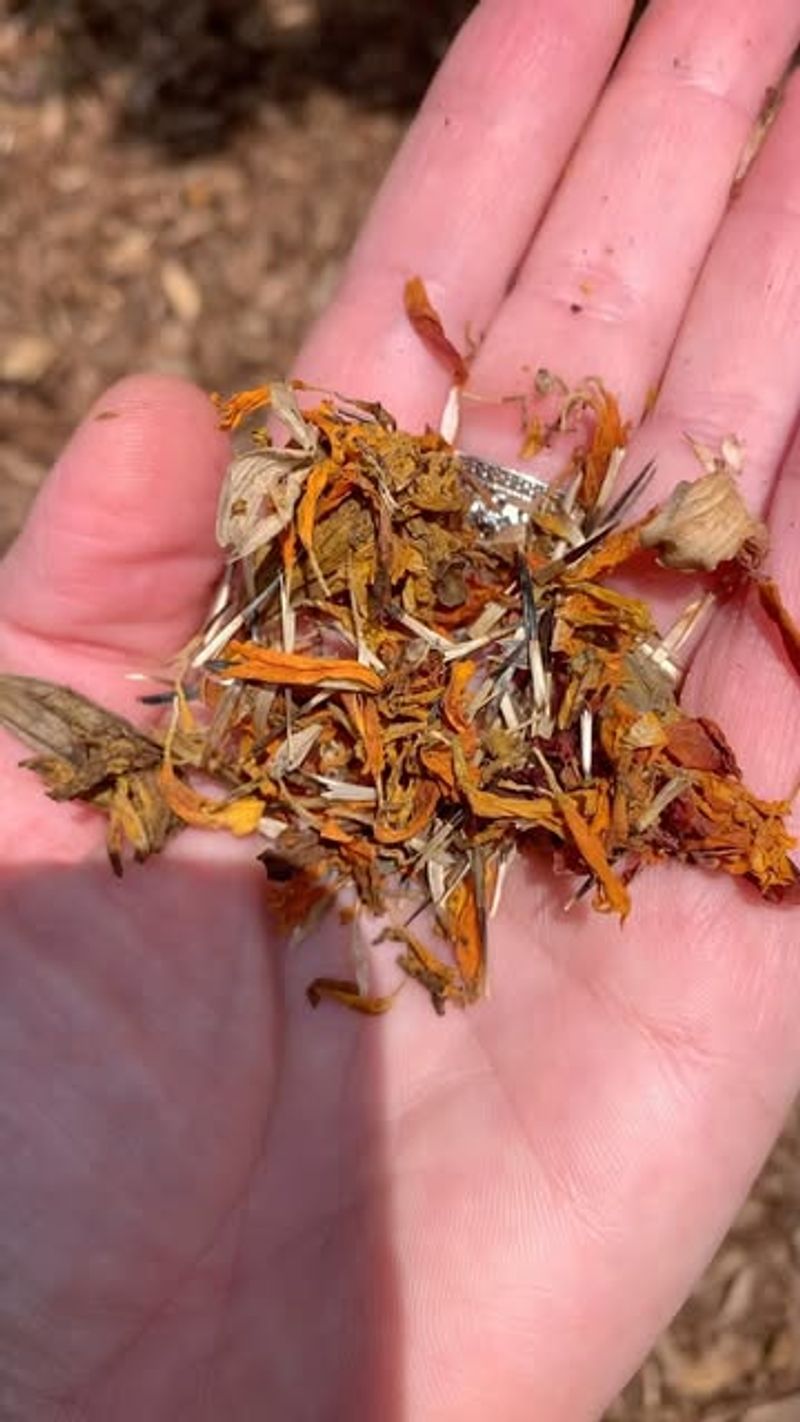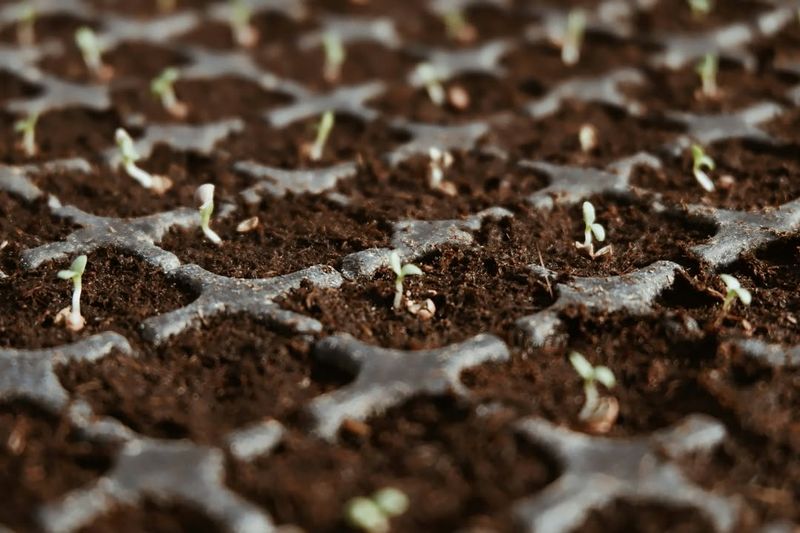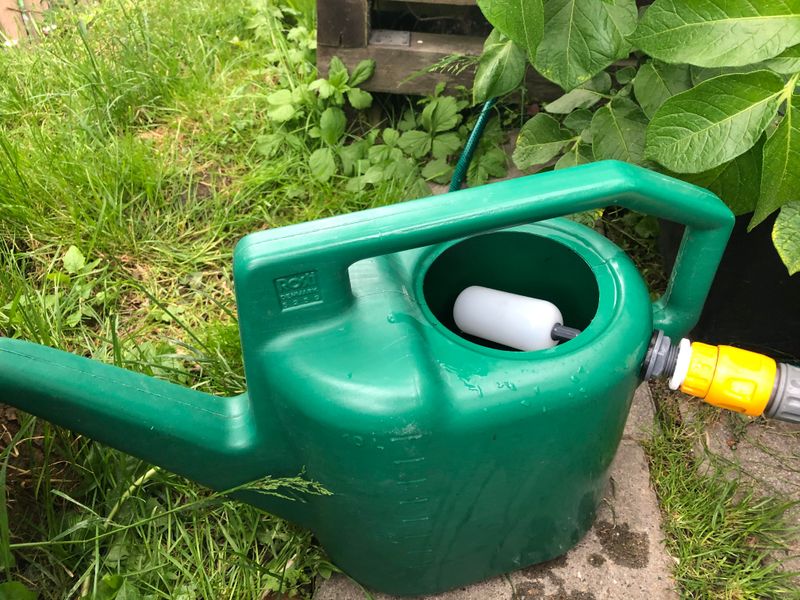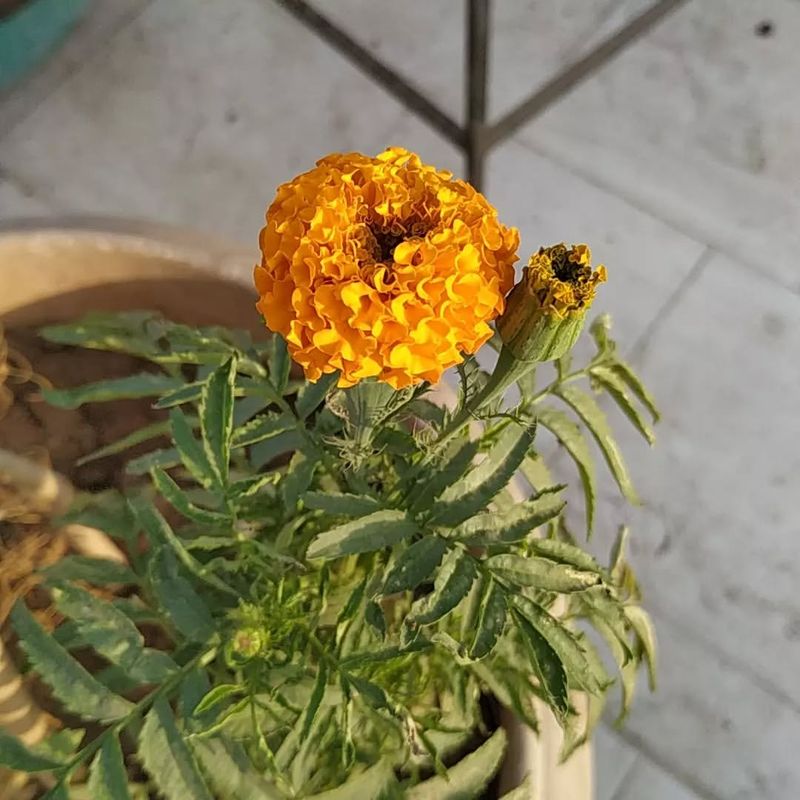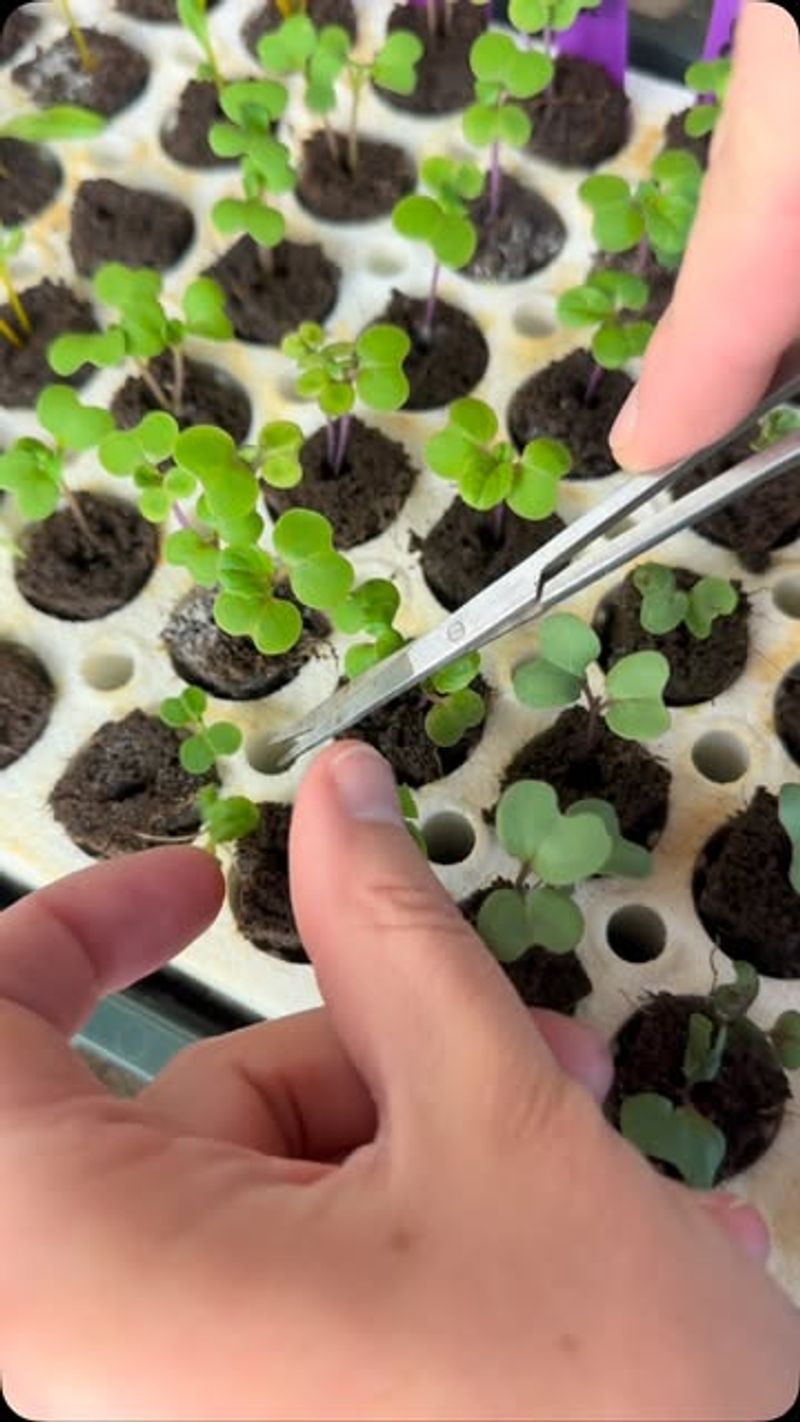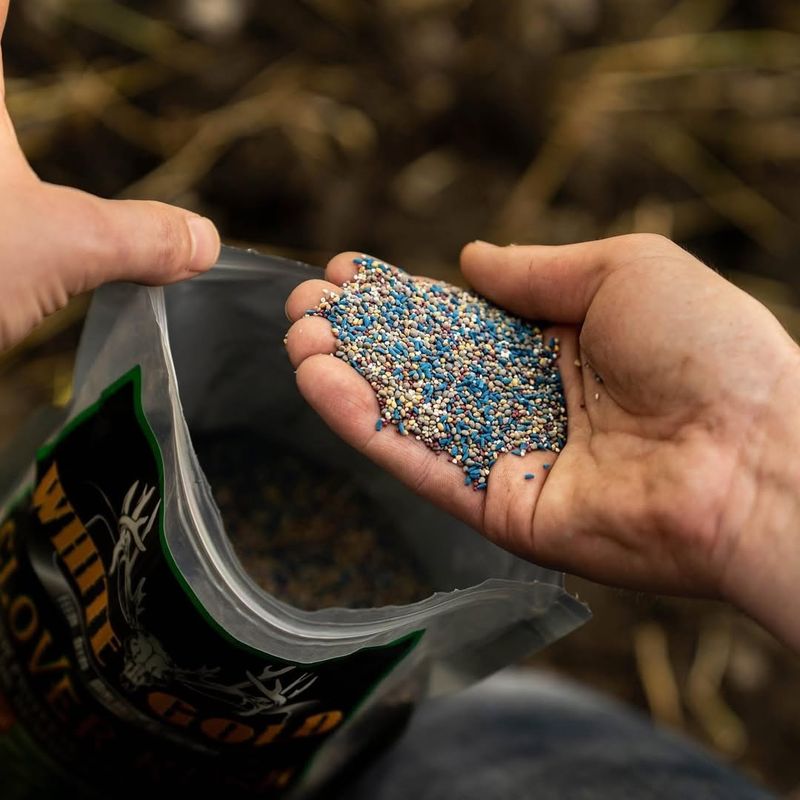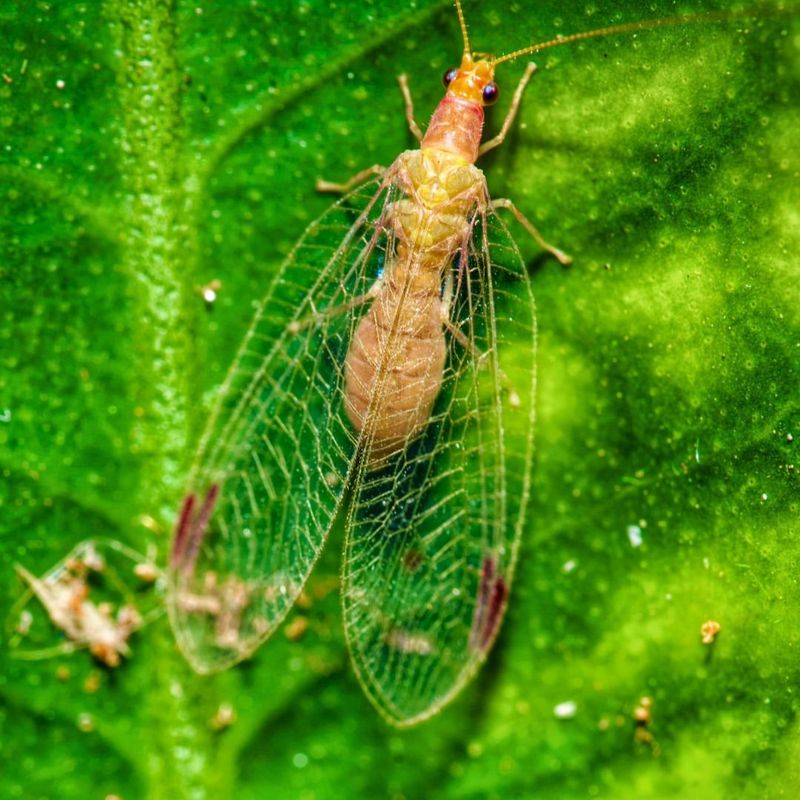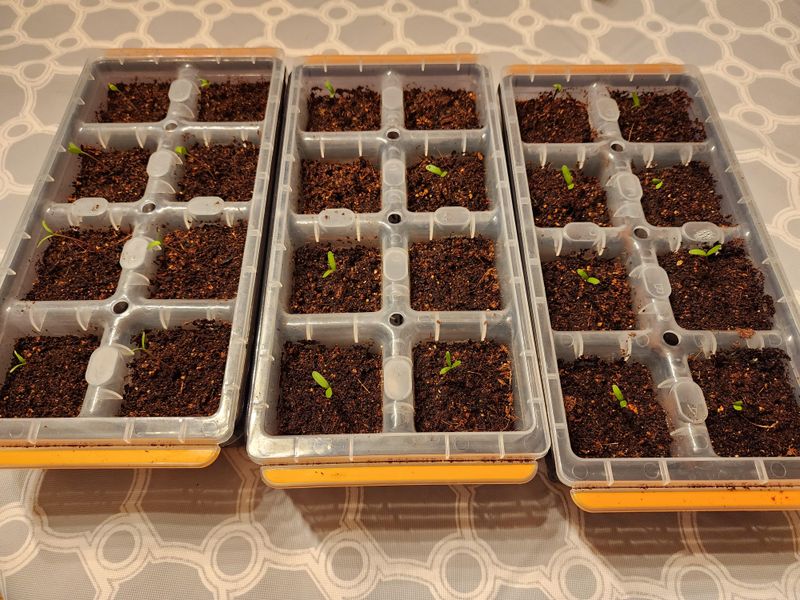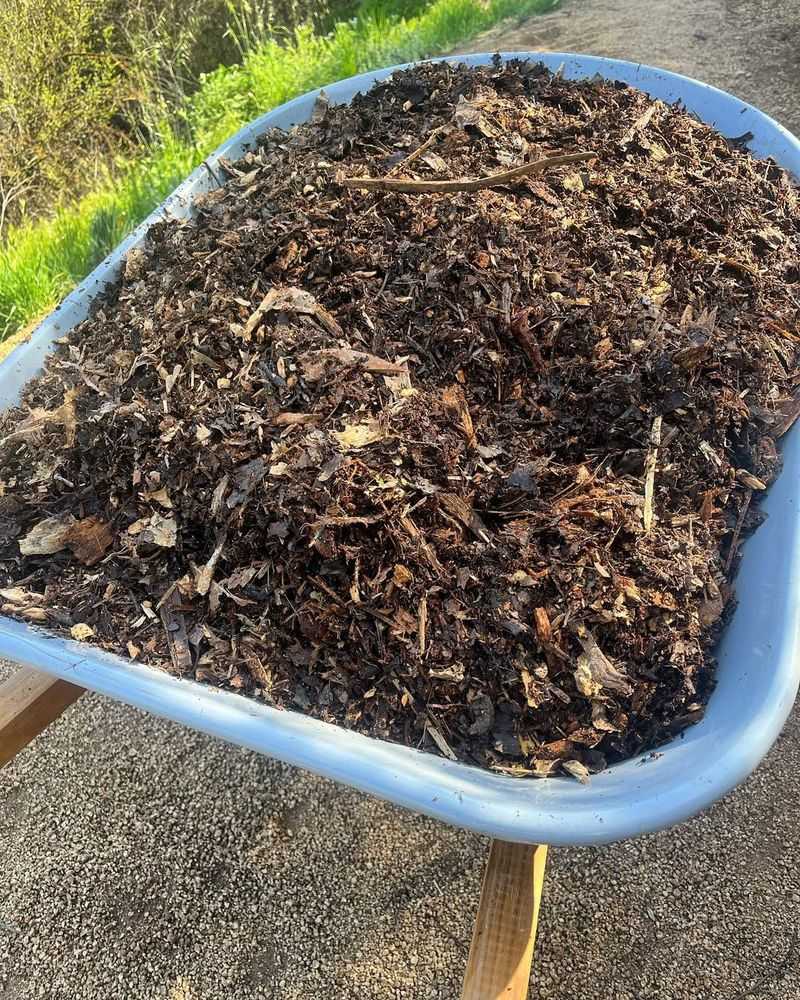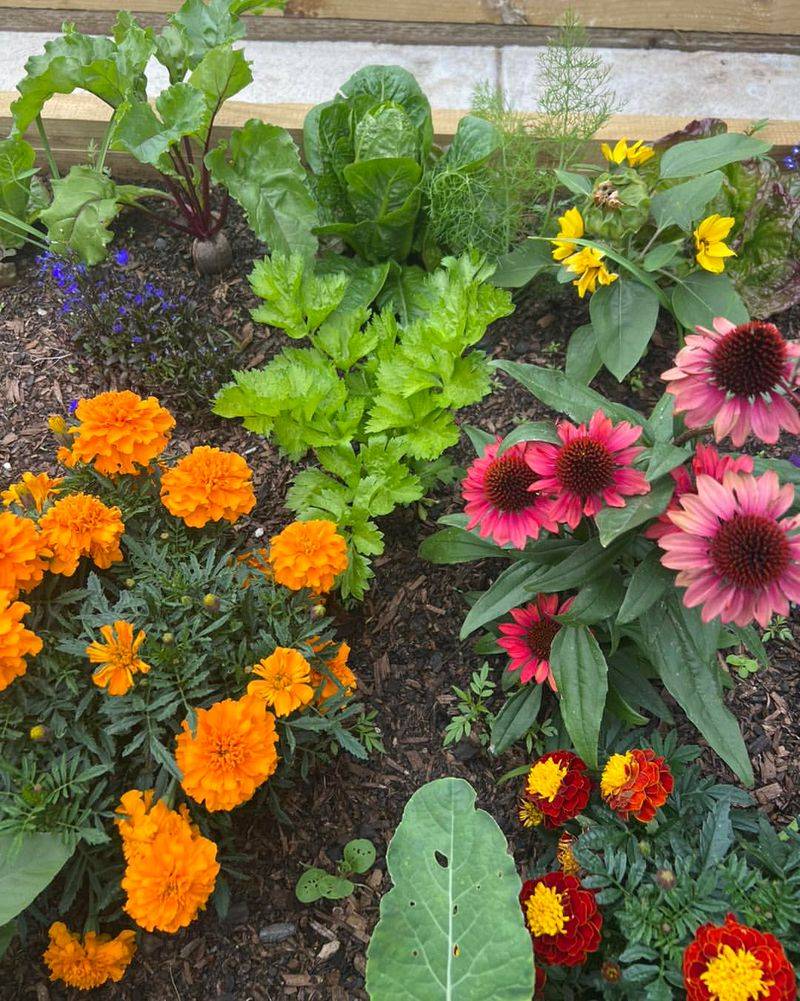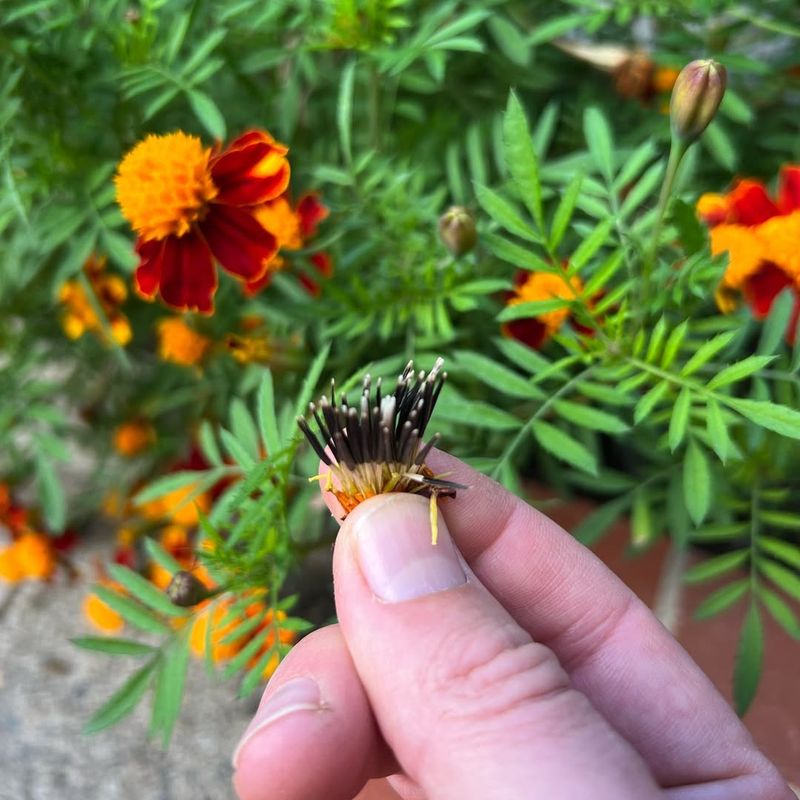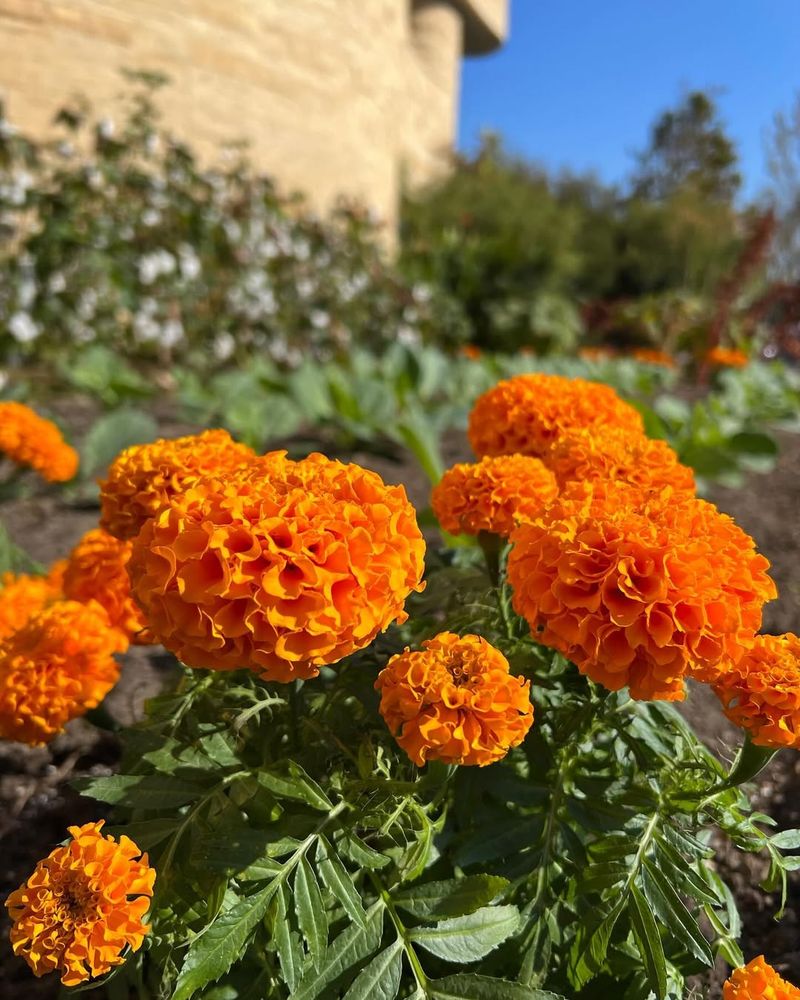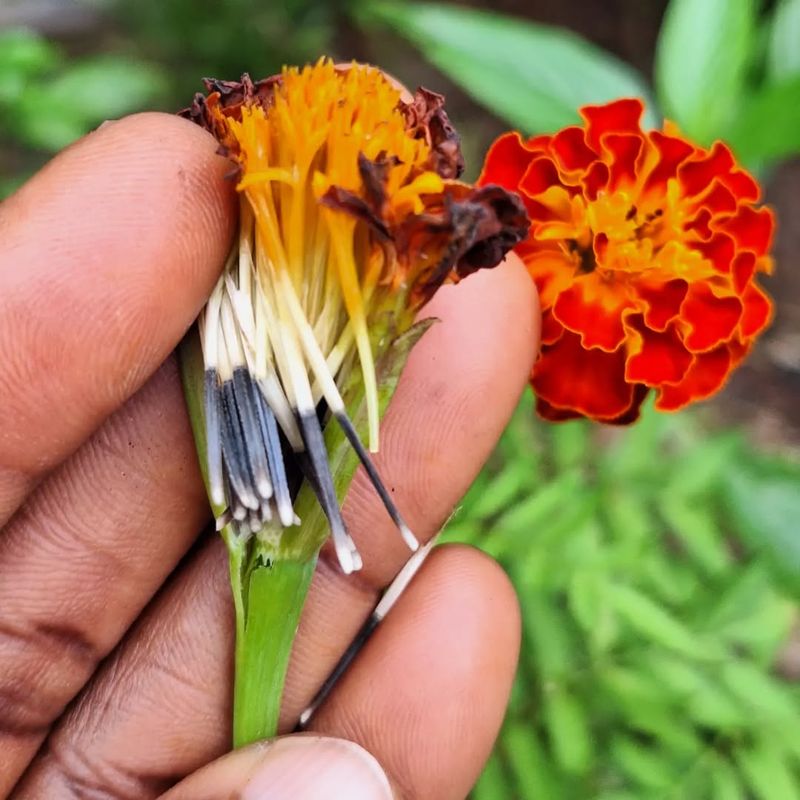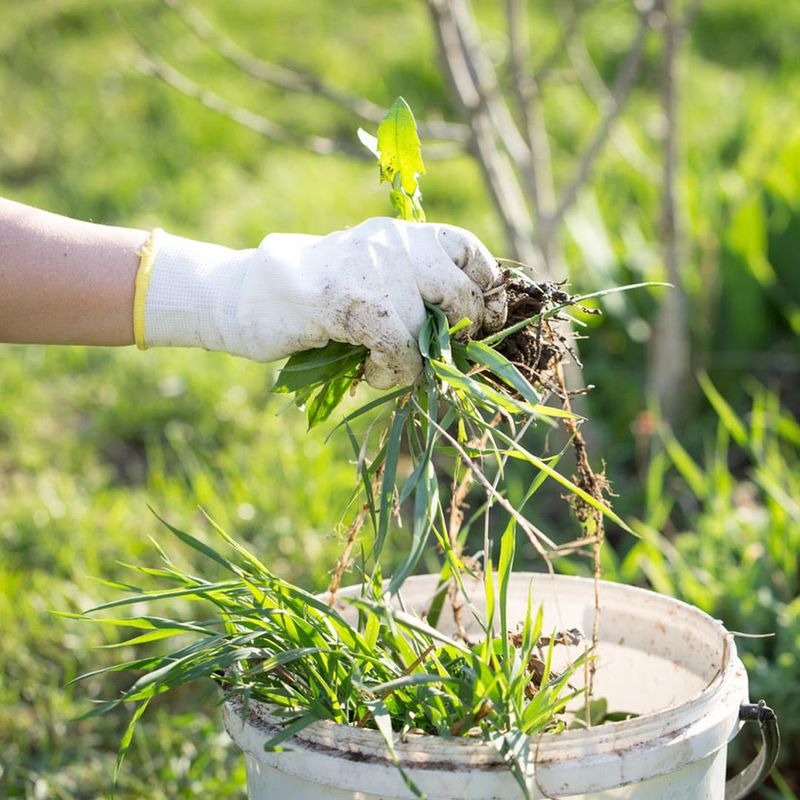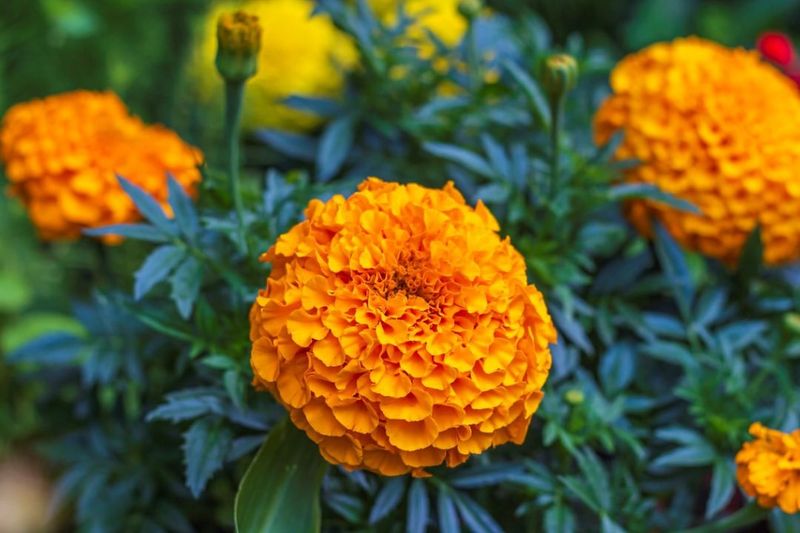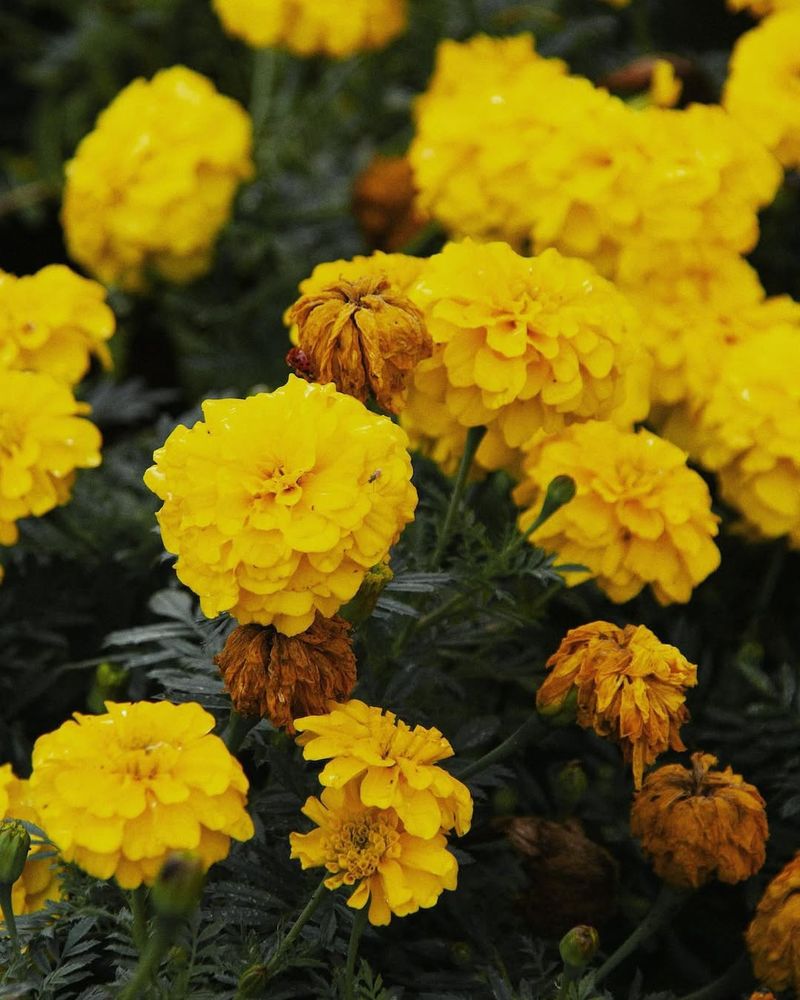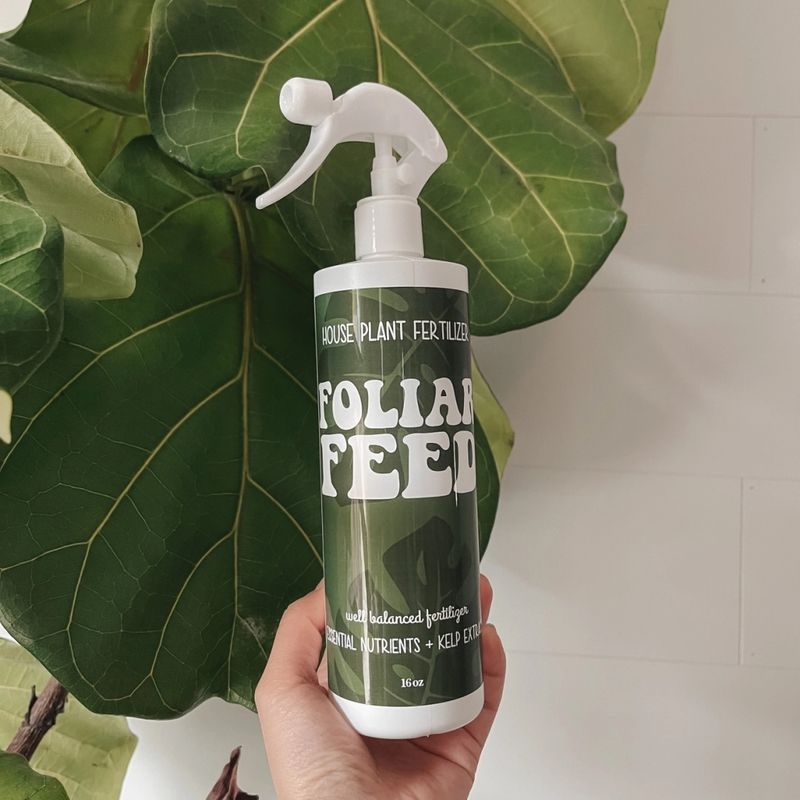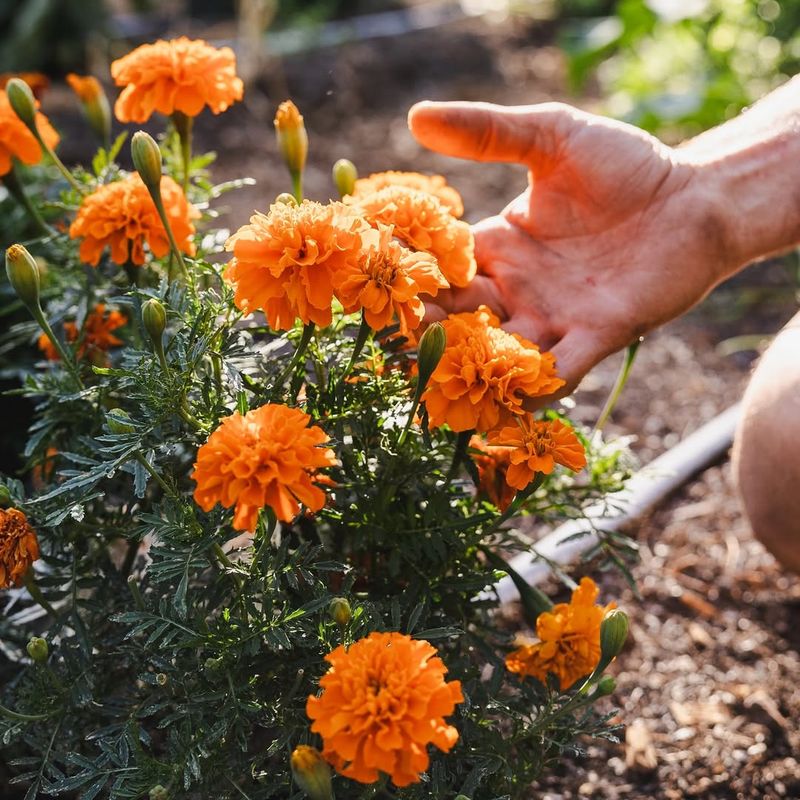Marigolds are the sunshine of the garden world—easygoing, bright, and always showing up. Starting them from seed isn’t just budget-friendly, it’s actually kind of addictive once you get the hang of it.
With the right tricks, you’ll have strong sprouts, lush plants, and blooms that just won’t quit. These 24 easy tips will help you grow marigolds like a total pro—no fancy tools or green thumb required. Let’s turn those seeds into a garden full of color.
1. Choose the Right Seeds
Ah, the excitement of starting a new garden project begins with selecting the right seeds. Marigolds come in various types, including French and African varieties. Consider the climate and what suits your garden best.
Select seeds that promise healthy blooms with vibrant colors. This choice can make or break your marigold adventure, so choose wisely! Finding the perfect seeds is the first step toward a flourishing marigold garden. Now, let’s get those seeds ready for planting.
2. Prepare the Soil
Nothing spells success in gardening more than having the right soil. Ensure the soil is well-draining and rich in organic matter. Loamy soil is ideal for marigolds, offering a perfect balance for growth.
Don’t skip the compost; it’s like a magic ingredient for plants. Preparing the soil sets the stage for your seeds to thrive. With the soil ready, your marigolds will have the foundation they need to grow strong and healthy.
3. Sow the Seeds
Ready, set, sow! It’s time to get those seeds into the ground. Plant them about a quarter-inch deep and space them out adequately. This ensures that each marigold has room to grow without crowding its neighbors.
Lightly cover them with soil and give them a gentle pat. Sowing seeds is a delicate process, but it’s the beginning of something beautiful. With your seeds planted, the anticipation of watching them grow begins to build.
4. Watering the Seeds
Let’s talk about hydration—an essential part of life for all plants. Water the seeds lightly, keeping the soil moist but not soaked. Marigold seeds need consistent moisture to germinate, but too much water can drown them.
Aim for a balance that keeps the soil just right. Watching over your seeds with care now will pay off with blooming marigolds later. Keep up the watering routine, and soon, those seeds will be sprouting.
5. Provide Sunlight
Sunshine is like a warm hug from nature, essential for growth. Make sure your marigold seedlings have plenty of direct sunlight. They thrive in full sun, soaking up rays for most of the day.
This will ensure they grow strong and vibrant, ready to bloom in all their glory. Position your seedlings where they can enjoy this light feast daily. With sunlight on their side, your marigolds will soon burst into life.
6. Thinning the Seedlings
Here comes the part of gardening that feels like playing Mother Nature. Once the seedlings have sprouted, it’s time to thin them out, leaving the strongest ones to grow. This gives each plant enough space and resources to flourish.
It’s a bittersweet process, but necessary for healthy plants. By thinning the seedlings, you’re setting the stage for robust marigolds that will fill your garden with color and joy.
7. Fertilize the Soil
Give your marigolds a little boost with some fertilizer. Use an organic blend to enrich the soil, providing essential nutrients for healthy growth. Fertilizing is like giving your plants a gourmet meal that satisfies their needs.
Make this a regular part of your gardening routine to ensure your marigolds thrive. With the right nourishment, your plants will reward you with vibrant blooms and lush foliage.
8. Protect from Pests
Oh, the dreaded pests—your garden’s uninvited guests. Keep an eye on your marigolds for any signs of unwanted visitors. Use natural pest control methods, like neem oil or insecticidal soap, to keep them at bay.
Regular inspections and early intervention can save your plants from damage. Protecting your marigolds from pests ensures they grow healthy and robust, filling your garden with beauty.
9. Maintain Ideal Temperature
Temperature plays a critical role in growing marigolds. They prefer warm conditions, so ensure they’re not exposed to frost or extreme cold. Maintaining the ideal temperature helps your marigold seeds germinate and grow without stress.
When temperatures drop, consider using row covers to keep them cozy. By paying attention to the weather, you can ensure your marigolds thrive in any season.
10. Mulch the Garden Bed
Mulching is like tucking your garden in with a cozy blanket. It helps retain moisture and regulate soil temperature. Choose organic mulch materials, like straw or wood chips, to add a layer of protection.
Mulching also prevents weeds from taking over your marigolds’ space. This simple step can make a big difference in the health and appearance of your garden. With mulching, your marigolds are set for success.
11. Prune for Better Growth
Pruning isn’t just for roses; marigolds appreciate a little trim too. Remove dead or wilting flowers to encourage more blooms. This process helps the plant focus its energy on producing new growth rather than maintaining old blooms.
Regular pruning keeps your marigolds looking tidy and flourishing with fresh flowers. Don’t be shy with those shears—your plants will thank you for it with a burst of color!
12. Add Companion Plants
A little company never hurt anyone, especially in the plant world. Adding companion plants can enhance your marigold garden. Consider plants like basil and tomatoes, which benefit from marigolds’ natural pest-repelling properties.
These companions create a harmonious environment that supports your garden’s health. By thoughtfully choosing companion plants, you extend your marigold’s reach and impact in the garden.
13. Pinch Back for Fullness
Pinching back might sound a bit cruel, but it’s actually a trick for fuller plants. Gently pinch the growing tips of marigold plants to encourage bushier growth. This promotes a denser and more vibrant plant with plenty of flowers.
Though it might feel counterintuitive, a little pinching can lead to a big bloom payoff. Your marigolds will thank you with an explosion of flowers and lush greenery.
14. Regularly Check for Diseases
Plant health is like a detective game; observant gardeners catch problems early. Regularly inspect your marigolds for signs of disease, such as spots or discoloration. Early detection allows for prompt treatment, preventing further damage.
Maintaining plant health ensures your marigolds can grow without interference, showing off their best colors. Keep an eye out, and your garden will stay in top shape.
15. Harvest Seeds for Next Season
Saving seeds is like passing on a legacy to the next garden generation. Collect seeds from dried marigold flower heads for planting next season. This frugal practice ensures you always have seeds on hand for future planting.
Allow the flowers to dry completely before harvesting. With a stash of seeds ready, your marigold garden’s future is secure and promising. It’s a rewarding cycle that keeps your garden thriving year after year.
16. Control Weeds Regularly
Weeds are the ultimate party crashers in any garden. Regularly remove them to prevent competition for nutrients and water. Keep your marigolds the stars of the show by keeping their space free of unwanted guests.
A little effort goes a long way in maintaining a pristine garden. Consistent weeding is key to letting your marigolds shine without interference. With the weeds under control, your garden can flourish uninterrupted.
17. Rotate Crops Annually
Keeping your garden diverse and healthy involves rotating crops yearly. This practice prevents soil nutrient depletion and pest build-up. Marigolds can benefit from a change of scenery just like any other plant.
Plan your garden layout to include crop rotation, ensuring fresh soil and minimized pest problems. By rotating your marigolds with other plants, you create a balanced and thriving garden space.
18. Provide Good Drainage
No plant likes wet feet, and marigolds are no exception. Ensuring good drainage prevents root rot and other water-related issues. Enhance drainage by adding sand or grit to heavy soils. This allows excess water to escape, keeping roots healthy and happy.
With proper drainage, your marigolds have a solid foundation to grow and bloom. Pay attention to water flow, and your plants will reward you with vibrant blossoms.
19. Use Organic Pesticides
Your garden should be a safe haven, free from harsh chemicals. Use organic pesticides to manage any persistent pests attacking your marigolds. These eco-friendly alternatives protect your plants without harming beneficial insects.
Choose options like neem oil or insecticidal soap for effective pest control. Keeping it organic ensures a healthy garden environment for both plants and gardeners. With natural solutions, your marigolds can thrive peacefully.
20. Deadhead Regularly
Keeping marigolds in top form involves regular deadheading. Remove spent blooms to encourage new flowers to emerge. This simple maintenance task keeps your garden looking fresh and vibrant.
It also prevents the plant from diverting energy into seed production. Regular deadheading ensures a continuous display of flowers throughout the growing season. With a little care, your marigolds will bloom abundantly and beautifully.
21. Monitor Moisture Levels
Watering can be a tricky balance, but monitoring moisture levels helps. Use a moisture meter to ensure the soil isn’t too dry or overly wet. This handy tool guides you in providing just the right amount of water.
Keeping an eye on moisture levels prevents stress and promotes healthy growth. With the soil’s needs met, your marigolds can thrive without worry. Consistent monitoring is the key to a flourishing garden.
22. Apply Foliar Feed
Boost your marigolds’ health with foliar feeding. This method delivers nutrients directly to the leaves, enhancing growth and vitality. Choose a balanced fertilizer for best results. Foliar feeding is like a quick energy drink for your plants, giving them a nutrient boost when needed.
Regular applications ensure your marigolds receive essential nutrients, leading to vigorous and colorful blooms. With foliar feed, your garden will burst with life!
23. Maintain Garden Hygiene
A tidy garden is a happy garden. Regularly clean up debris and fallen leaves around marigold plants to prevent disease. Good hygiene practices keep pests and fungi at bay. By maintaining cleanliness, you create a healthy environment for your marigolds to flourish.
This simple routine can drastically improve the overall appearance and health of your garden. With everything in its place, your marigolds will thank you.
24. Keep a Gardening Journal
Documenting your gardening journey provides valuable insights. Keep a journal to track your marigold’s growth, challenges, and successes. This personal record serves as a guide for future planting and problem-solving.
Note observations, weather conditions, and any adjustments made. Having a gardening journal is like having a personal assistant for your garden adventures. With detailed notes, your future marigold gardens are bound to succeed.


